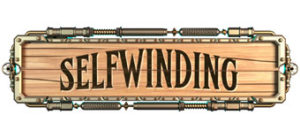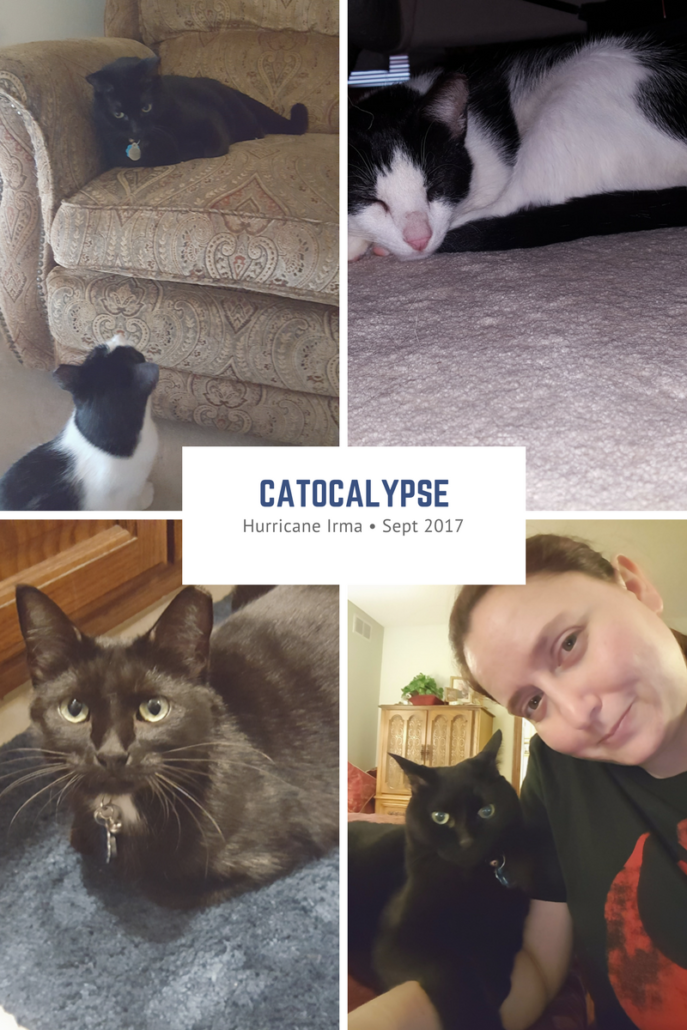Whether pandemic, politics, or other difficulties have drained your energy and flattened your mental health, it can be difficult to create when you’re struggling with depression, anxiety, or another problem that messes with your executive function.
I have absolutely been there. In 2012 I was diagnosed with situational depression, a decline I could graph in relation to my writing output. I wrote sporadically while I sought help and treatment, and as I began to feel better, wanted to reconnect to my writing life. But I was so far out of practice, I had lost my confidence, I had changed as a writer, and my mental health still kind of sucked. So, I couldn’t just dive back in. I had to figure out a new way to write, find strategies to “trick” myself into letting go, and most importantly—I had to figure out how to focus on writing and not run away!
If you’ve been struggling to reconnect to your writing life, join me for a workshop where I teach the practices and exercises I used to get back to writing, and share my secrets for reconnecting to your abandoned writing project. I’ve continued using these practices as I deal with anxiety and PTSD, so they’re not just to get you started, they’ll keep you going, too!
Start reconnecting with your writing life:
Sunday, June 12
1–3pm Eastern Time
Click here to register.
Get your ticket for this virtual workshop and don’t let your mental health detract from your writing life any longer.
A portion of every ticket goes to support the writing group Central Florida Inklings, who host this and other writing workshops.



